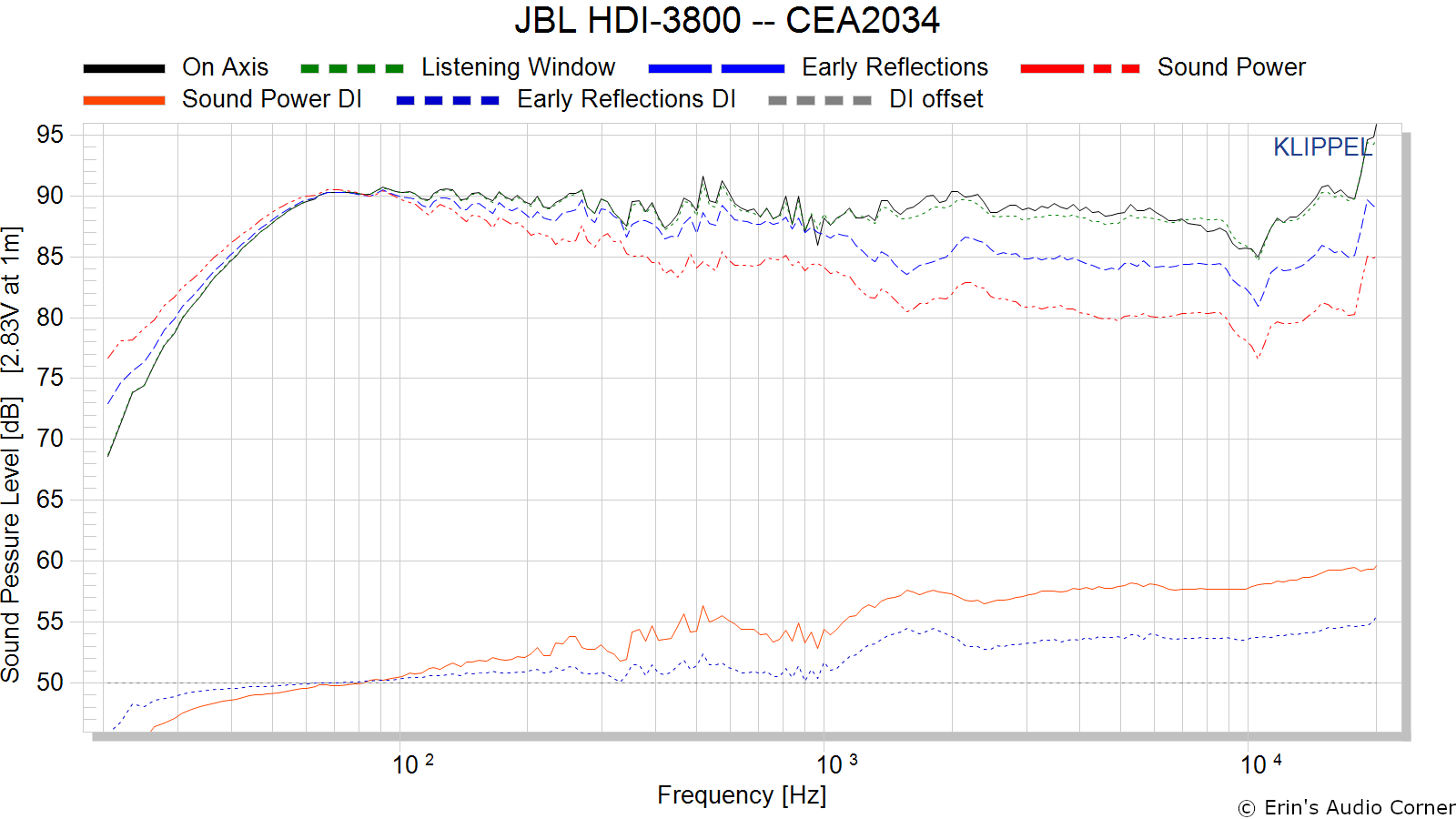lookstoomuch
Member
- Joined
- Nov 28, 2020
- Messages
- 34
- Likes
- 20
Hi all, I've been doing lots of work optimizing my theater room and one thing which stuck out was the waterfall graph. My setup is as follows:
1. PC Optical Out -> Denon Receiver
2. Adcom GFA-5500 amp
3. JBL HDI-3800 speakers
5. Dayton UMM6 measurement mic
Room is a basement with dropped ceiling tiles, tile floor (with padded carpet covering 50% of the listening area) and drywall walls, however it is very "wide" as in no sidewalls for 7 feet after the speakers, there is a back wall / corners. If a pic would help I will attach.
If you see below, above 1K, the waterfall "energy" doesn't fall off until 1750ms. Most others graphs I see typically fall in the 300-500ms range. Am I interpreting this incorrectly or should I start looking into some room treatments here. TIA

1. PC Optical Out -> Denon Receiver
2. Adcom GFA-5500 amp
3. JBL HDI-3800 speakers
5. Dayton UMM6 measurement mic
Room is a basement with dropped ceiling tiles, tile floor (with padded carpet covering 50% of the listening area) and drywall walls, however it is very "wide" as in no sidewalls for 7 feet after the speakers, there is a back wall / corners. If a pic would help I will attach.
If you see below, above 1K, the waterfall "energy" doesn't fall off until 1750ms. Most others graphs I see typically fall in the 300-500ms range. Am I interpreting this incorrectly or should I start looking into some room treatments here. TIA

